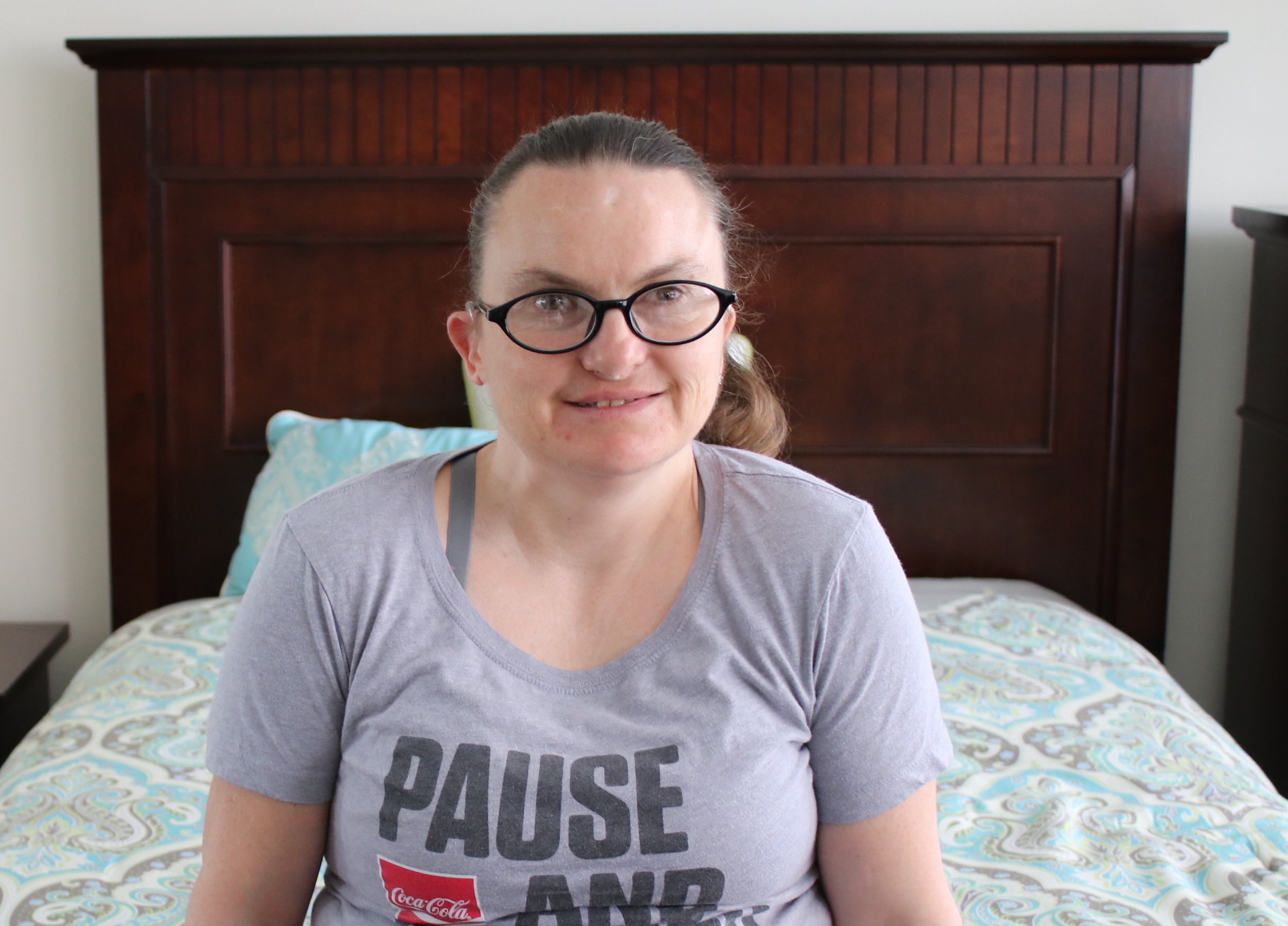Transition to Adulthood (Part 3) Enabling Technology to Support Independence
This month on our blog, we’re discussing three ways the transition to adulthood is changing. From college programs (Part 1) to competitive employment (Part 2), young adults with I/DD have more opportunities than ever before. But what about moving out? Today, in Part 3 of our Transition to Adulthood blog series, we discuss how enabling technology can transform opportunities for residential independence.
After graduation from an inclusive college program, David moved into a place of his own. His apartment features enabling technology to help him manage his daily life.
Of all the milestones in a young adult’s life, moving out may be the most exciting one. Whether moving out means living with a roommate or by themselves, most young adults are anxious to have a place of their own. Parents of young adults with I/DD often have big questions about this milestone: Will their adult children be safe? Will they take their medications? Will they need a roommate? Will they be able to handle independence?
Technology to Support Residential Independence
That’s where enabling technology (ET) comes in to address these understandable concerns. Enabling tech involves devices and services that empower independence, support self-determination, and enhance quality of life.
Brad was one of those young adults ready to move out before his parents were. Now, however, he lives in a house of his own. Brad’s enabling technology includes a SimplyHome System with sensors that observe and prompt some of his daily living activities. Brad receives reminders to make sure he clears off the stove, and the system sends alerts if he leaves it on too long; he also has a smart button to indicate that he took his medication. Brad is also using other sensors in his house, including a panic pendant and a smoke detector monitor, as well as a Ring Video Doorbell.
Colleen recently moved out from a 24-hour supported living setting to an apartment, where she is thriving with a combination of paid, natural, and technology supports. Colleen’s supportive technology includes a SimplyHome System with these features: door sensors (including one for a medicine cabinet), a smoke alarm monitor and heat sensors, and a panic button that allows her to connect with staff support. With the technology in place, Colleen can administer her own medication, cook what and when she wants, and most importantly, feel safe and secure in her own home.
Colleen enjoys her new apartment, which features technology that enables her to be more independent.
When David wanted to live in a place of his own, his mother Becky was understandably nervous, but five years down the road from when we first installed a SimplyHome System, Becky says she hardly ever has that old anxiety. “I know how to read the alerts now, and I hardly ever need to log on just to see what he is doing. If he’s not up on time, I know I’ll get that alert, and I can call him.” David has now lived in his apartment for five years and is making plans to move into a log cabin of his own.
These three young adults are not alone in their desire for independence. ‘Technology First’ is a growing movement in I/DD services to promote the use of technology. Enabling technology is now included in many community supported living (CSL) programs as a natural support.
At SimplyHome, we are proud to be a part of the transitions to independence for many young adults. We love empowering others as they reach those lifetime milestones of independence at school, work, and home.
Want to explore how enabling technology can increase independence and address your concerns? Take a virtual demo tour or request more info.


